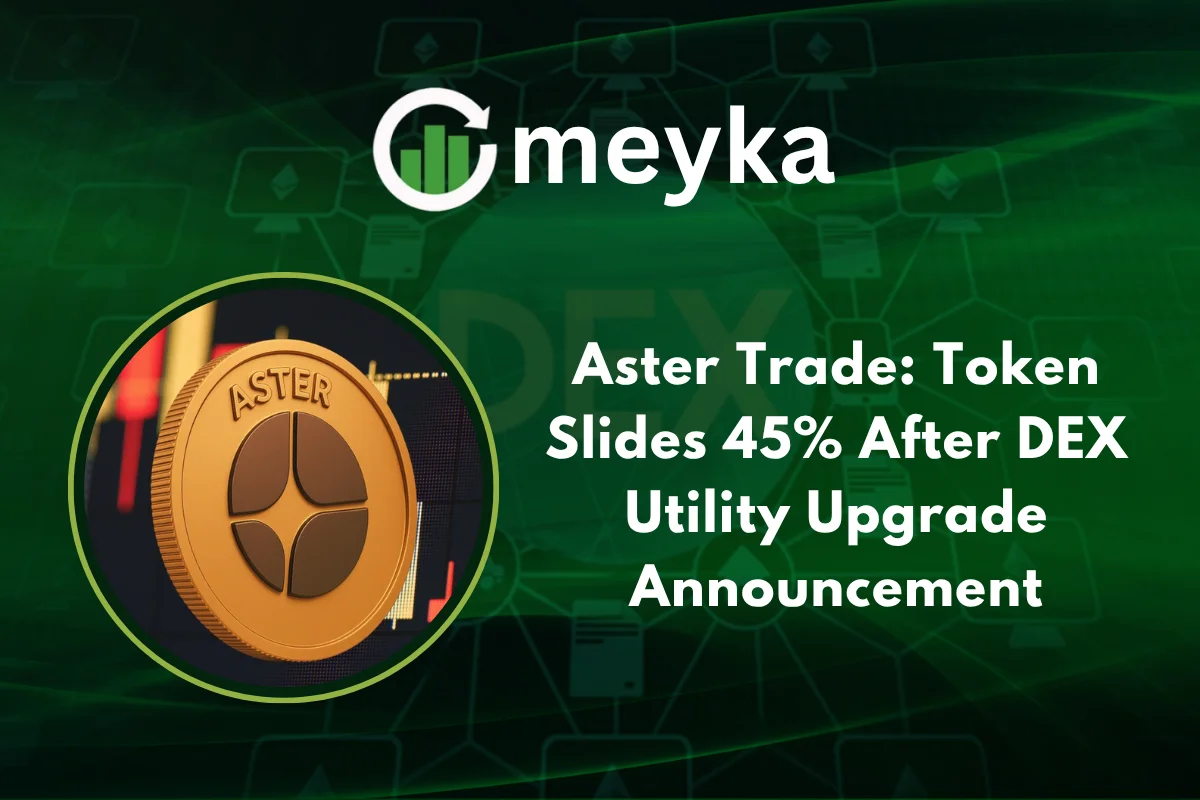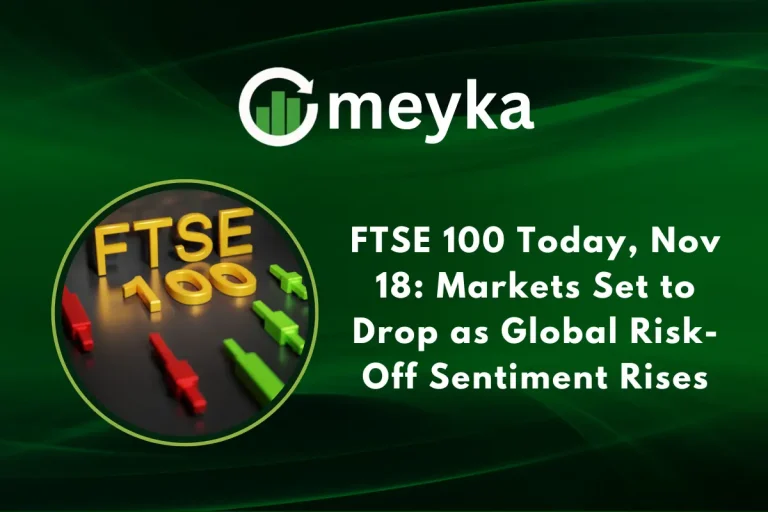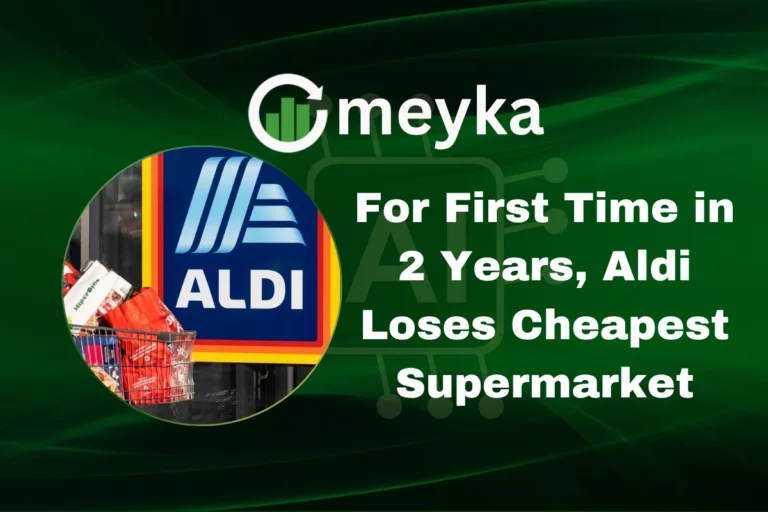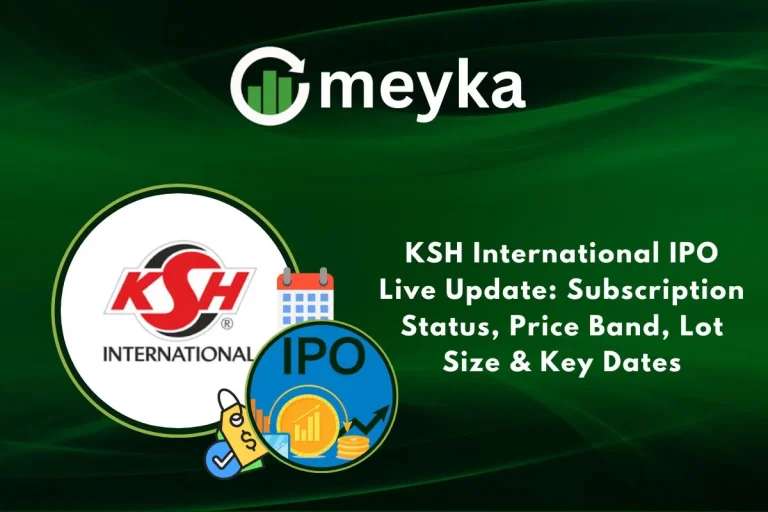Aster Trade: Token Slides 45% After DEX Utility Upgrade Announcement
The cryptocurrency world has taken notice of the recent wild ride of the token ASTER, native to the next-gen decentralized exchange Aster DEX. After the platform announced a major utility upgrade for the token, ASTER’s price faced a dramatic move, sliding roughly 45% in a corrective drop before showing signs of stabilising. The move has brought aster trade into the spotlight, sparking debate over the balance between innovation and market speculation.
Investors and traders are watching closely to see how the new DEX utility upgrade will shape the future of aster trade and the broader DeFi market connected to it.
What triggered the slide and upgrade?
Aster DEX recently announced that ASTER tokens can now be used as collateral for perpetual trading, with an 80% margin ratio, and also be used to pay trading fees with a 5% discount. This upgrade is significant because it transforms ASTER from a purely speculative asset into one with functional utility inside the exchange ecosystem, a key development for anyone involved in ASTER trade activity.
The upgrade was welcomed initially, causing a surge in speculation and trading interest. However, ASTER also had a large drop of about 45% following an earlier airdrop-driven price spike. According to analysts, this plunge flagged risks tied to high speculative demand rather than organic utility. So while the upgrade added real utility, the market still responded with caution, hence the sharp move.
In parallel, the broader crypto market remains volatile. As crypto and finance intersect with themes like AI stocks, stock market trends and trading sentiment, tokens like ASTER become part of more complex conversations.
Why the 45% slide matters
When we say ASTER “slid 45%”, it reflects how quickly market sentiment can shift. After the upgrade announcement, some traders may have bought ahead of potential gains, but others likely took profit or exited due to perceived overvaluation or risk. The drop highlights several important lessons:
- Utility alone doesn’t guarantee stability. Even with the upgrade, the token still faced heavy selling pressure.
- Speculative events (like large airdrops, hype, or influencer buys) can create volatile swings. The ASTER drop followed an airdrop-driven price spike.
- For investors focused on stock research or viewing crypto assets like alternative investments, such volatility raises the question of timing, risk appetite and fundamentals.
Given that major institutions and even AI-driven funds are starting to monitor digital assets, ASTER’s path is telling for broader market behaviour. Think of it this way: while AI stocks might attract long-term institutional interest, tokens like ASTER trade reflect the “growth + risk” side of digital asset markets.
How the upgrade could affect demand and utility
Despite the dramatic drop, the utility upgrade remains a positive structural change for ASTER. Here are the ways it could bolster demand:
- Collateral usage: Allowing ASTER as collateral with a high margin means traders must hold more ASTER tokens rather than just trading them out. This reduces circulating supply in the short term.
- Fee discount: The 5% trading-fee reduction for using ASTER gives a real benefit, not just speculation. That encourages holding.
- Governance & ecosystem growth: ASTER holders can participate in governance, staking, and ecosystem decisions, traits that appeal to long-term holders rather than short-term traders.
Taken together, these changes shift ASTER away from being purely hype-driven. That said, the broader crypto market’s uncertainties remain. When traders view risk rising (e.g., regulatory changes, macroeconomic headwinds), tokens with heavy speculation can suffer more than established assets.
What this means for investors and broader markets
From an investor’s perspective, several implications emerge:
- Risk vs reward trade-off: ASTER’s slide demonstrates how high-potential tokens come with high volatility. For anyone doing stock research or exploring crypto as part of their portfolio, it underscores the need to set clear risk parameters.
- Cross-asset awareness: As interest in AI-driven stocks and blockchain intersects, tokens like ASTER could become part of broader investment strategies, but they also require a different mindset than traditional stocks.
- Utility matters: The market likes tokens with clear real-world use cases. The upgrade of ASTER’s utility is a step in the right direction, but execution and sustained adoption will be critical.
- Timing is key: For short-term traders, the post-announcement slide may present an opportunity or a trap. For long-term investors, seeing whether ASTER can sustain growth post-utility change will matter more than the immediate price move.
Given these factors, ASTER is an interesting case study for anyone tracking emerging assets, DeFi platforms, or the intersection of crypto with more traditional investment approaches, especially those watching patterns in ASTER trade markets.
Challenges and risks ahead for ASTER
Even with the positive upgrade, ASTER faces several headwinds:
- Competitive pressure: The decentralized perpetual exchange space is crowded, and projects must continuously innovate to stay relevant.
- Token supply and unlocking: Many tokens face unlocking events, which can dilute value if demand doesn’t scale accordingly.
- Regulatory risks: As with all crypto assets, regulatory uncertainties can dampen enthusiasm or impose restrictions.
- Macro & sentiment swings: Even good announcements can be overshadowed by broader market downturns, as we saw with ASTER’s slide despite the upgrade.
Outlook: Is ASTER worth watching now?
For investors and market watchers, ASTER presents both opportunity and caution. The utility upgrade gives the token a stronger foundation, which might support a recovery. As one technical‐analysis piece noted, ASTER’s rebound challenged a key resistance trendline after the upgrade.
If ASTER can convert the upgrade into increased real usage, more traders using it as collateral, more fee discounts claimed, and more holders participating in governance, then the token has a chance to regain momentum. Conversely, if usage remains light and speculation dominates, further slides remain possible.
For those familiar with stock market dynamics, ASTER resembles a high-growth, high-volatility investment. It may behave less like a stable blue-chip stock and more like a speculative tech play or emerging market asset. Those comfortable with that volatility may see upside; others may prefer to observe from the sidelines.
FAQs
The upgrade allows the ASTER token to be used as collateral for perpetual trading on Aster DEX, with an 80% margin ratio, and also enables holders to pay trading fees with ASTER and receive a 5% discount.
Though the upgrade added utility, the slide followed large speculative activity, including airdrop-driven demand, profit-taking, and general market volatility. Analysts cautioned that airdrop-based tokens often face steep corrections.
While ASTER and its ecosystem are part of the crypto market, many of the same principles of investment apply: understanding fundamentals, utility, competitive landscape and risk. But ASTER carries a higher speculative risk compared to many stocks, so it may be better suited for those comfortable with high volatility and emerging markets.
Disclaimer:
The content shared by Meyka AI PTY LTD is solely for research and informational purposes. Meyka is not a financial advisory service, and the information provided should not be considered investment or trading advice.






